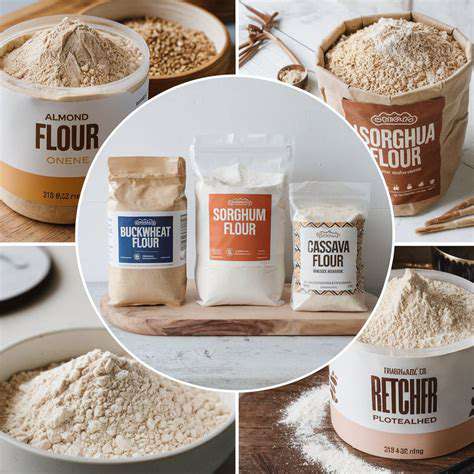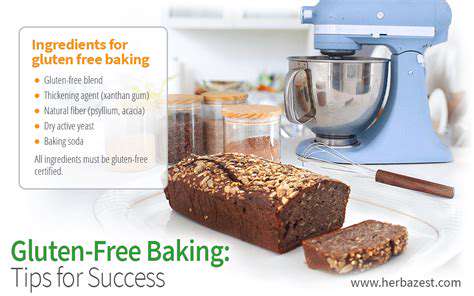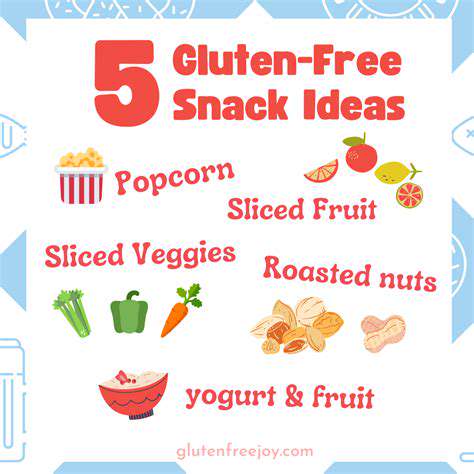
Choosing the Right Gluten-Free Flour Blend
Selecting the appropriate gluten-free flour blend is crucial for achieving the desired texture and consistency in your baked goods. Different blends offer varying functionalities, and understanding these differences is key to success. Some blends are better for cakes and pastries, while others excel in breads and other heartier dishes. Experimentation is often necessary to discover your preferred flour blend and the best method for incorporating it into your recipes. This involves carefully reading ingredient labels and understanding the unique characteristics of each flour type within the blend. Knowing which flours perform best in specific applications will greatly enhance your baking experience.
A crucial aspect of gluten-free baking is understanding the importance of proper hydration. Gluten-free flours often require different hydration levels than traditional wheat flours. This means adjusting the amount of liquid in your recipes to achieve the desired texture. Improper hydration can lead to dry, crumbly baked goods or overly dense and gummy results. Detailed instructions and recipe adjustments are often needed to overcome these challenges, and mastering the right hydration level is vital for a satisfying gluten-free baking experience. Learning to adjust liquid amounts according to the flour blend type is an important skill to develop.
Understanding Gluten-Free Flour Substitutions
Gluten-free baking often requires creative substitutions to mimic the functionality of wheat flour. Understanding these substitutions is essential for achieving desired results. Common substitutions include rice flour, tapioca flour, potato starch, and a variety of other starches. Each flour type has its own unique characteristics, affecting the final product's texture and flavor. Substituting wheat flour with a gluten-free blend often demands adjusting the recipe to account for variations in these characteristics. Careful consideration of the specific flour type in a gluten-free recipe is essential to achieve the desired outcome.
Beyond flour substitutions, understanding the role of xanthan gum and guar gum is vital. These gums, often added to gluten-free recipes, act as binding agents, helping to create structure and prevent the baked goods from being too dense or crumbly. Using them effectively is essential for creating airy and well-structured gluten-free baked goods. Learning the right amount to use in a recipe is crucial for achieving the desired results. Experimentation with different amounts is sometimes required to find the ideal balance for your specific recipe.
Different gluten-free flours have different protein contents, affecting their ability to absorb liquid and create structure. Knowing these differences is crucial for adjusting recipes appropriately. This adjustment is necessary to achieve the desired level of moisture and texture in the final product. Knowing the moisture-absorbing capabilities of each flour in a blend is essential to produce successful results.

Autonomous vehicles are poised to dramatically reshape the logistics landscape. Self-driving trucks, delivery robots, and even autonomous drones are rapidly advancing, promising significant improvements in efficiency and cost-effectiveness. These vehicles can operate 24/7, navigating complex routes and minimizing downtime, leading to faster delivery times and reduced reliance on human drivers. The potential for optimized routes and real-time adjustments to traffic conditions further enhances their logistical capabilities.
